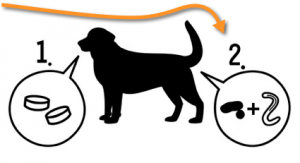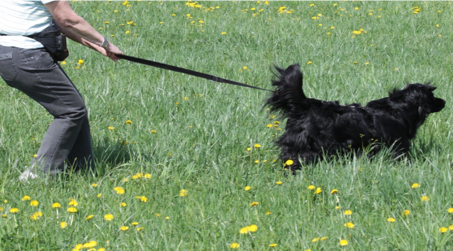 Dog Leash Training That Will Make Your Life so Much Easier!
Dog Leash Training That Will Make Your Life so Much Easier!
*guest post by Austrian Pro Dog Trainer Brigid Weinzinger
Dogs pull on leashes.
Full stop.
Like it was a law of nature.
Do you feel like this sometimes?
Like there is nothing you can do about it? Not much at least. Because you have tried it all and still you got that dog of yours pulling on the leash.
Well, your are not alone! We have all been there!
As a matter of fact there are solid reasons why your dog pulls on the leash.
(I’ll go there in a minute!)
However, there is no reason to stay there.
You, too, can have your dog walking nicely on leash with you.
Without years of harsh training or putting stuff on your dog that will just hurt and harm them.
And I will tell you how.
Before that we’ll just take a quick glance at why the dog pulls in the first place.
There are three simple reasons
 Reason: That interesting thing over there!
Reason: That interesting thing over there!
Dogs follow their impulses, go for whatever is interesting, smells interesting. And bet you: most of the time that interesting thing is well beyond the range of the leash. Plus dogs move faster than humans do (at least as a general rule). So what do you end up with? A dog that pulls on the leash trying to get to the interesting thing. It takes impulse control and thus training to not pull.
 Reason: You pull on the leash!
Reason: You pull on the leash!
Have you ever watched your first reaction when the dog starts pulling? Yes, your reflex is to pull or jerk back. It is simple physics: force and countervailing force. In plain language: the dog pulls, you pull. The terrible thing, though: The same thing will happen to your dog. You pull, so they pull. Countervailing force! It will just go on till you end up in a tug of war on the leash or you decide to break the vicious circle. How do you expect your dog to keep the leash loose when you don’t?
 Reason: It works!
Reason: It works!
Dogs will do what works and stop doing what doesn’t. It’s what learning theory calls the “Law of Effect“. If the effect of leash pulling is success – as in, “I get to go where I want to go and faster than any other way“ – the dog will continue the successful strategy. Honestly, anything else would be madness, wouldn’t it? Now, who set the dog up for success with pulling?
Yes. You. Because you walk along and let yourself get pulled. Sure way of actively teaching your dog to pull! So don’t complain if they do…
By now you probably have a notion of where we’ll be going….
![]() Eliminate the reasons
Eliminate the reasons
![]() Establish impulse control
Establish impulse control
![]() Effectively train for success on a loose leash
Effectively train for success on a loose leash
Let me give you the best three tips I can come up with for that later.
We are talking best three tried and tested on hundreds of dogs!
They always work. Always! I mean ALWAYS!
Provided the human part in the equation stays cool and consistent :).
So, here we go!
Get the Right Leash Training Equipment for Your Dog!
Does it really matter what type of leash or collar or harness you use?
Oh Yes!
Let me tell you a short story: Many years ago with my first dog, a then very young and (always) lovely lab called Maluna I spent some days with a great dog trainer and was asked to join them for a group training. It involved walking in a group of dogs on leash trough a stretch of forest at 6am. God! That was going to soooo embarrassing: me half sleep walking at 6am with a dog who never ever was on leash in the forest (only in the city) and not used to being in a group of dogs!
You know what saved me? The night before I had bought a harness instead of a collar and a 3 metres leash instead of the short 1.5 metres leash. It worked magic!
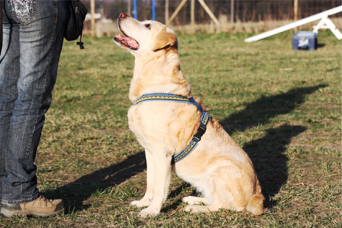 The harness was so much more comfortable for her, no pressure on her sensitive throat which she tried to escape from! The 3 metres gave her enough space to walk normally, take a sniff here and catch up again. Pure magic!
The harness was so much more comfortable for her, no pressure on her sensitive throat which she tried to escape from! The 3 metres gave her enough space to walk normally, take a sniff here and catch up again. Pure magic!
Since then I have changed hundreds of dogs onto nicely fitted harnesses and long leashes – and it always does the trick! So go and get some of the magic for your doggy, too!
(and don’t they look pretty? Yes, that’s the famous Malune in the pic!)
Make Leash Pulling a Failure!
Remember? Your dog pulls because it works. Well, make sure it doesn’t!
That requires you to do one thing that sounds simple but does take some practice: The very second you feel the leash isn’t slack or loose, you stop. Immediately! Keep your elbow to your side, let your feet stop and grow roots. Your dog must not have any success with pulling. Not one centimeter of ground to be gained through pulling. The only way to ensure that pulling does not work any more!
Be prepared that your dog might try really hard and even jump into the leash. After all it’s a case of, darn it, this always used to work!!! I’ll try just a bit harder“.
Just stand still, don’t move. Don’t pull back. Keep breathing. Stay calm.
And wait. Wait for this one moment when your dog notices that pulling won’t work and when they are maybe giving you that doubtful glance (hey there, what is going on?“), call them and reward when they come. What happens? Your dog will have stopped the pulling and procured the slack in the leash – which you reward. BINGO!
Reward the Loose Leash. Reward and Reward!
Let’s be honest: As long as the dog behaves nicely we normally don’t do anything. Only when their behavior takes a turn to the unwanted do we start to react and want to change things. The nice walking on leash goes unnoticed, the pulling gets immediate attention. It is human nature, so don’t blame yourself!
But please train yourself to do otherwise – to reward all the good things your dog is offering. You remember that dogs will do what is successful? So make sure the right behaviours are successful! The secret in successful leash training lies in the timely rewards.
Reward as long as the leash is loose! Use great treats! Reward frequently! If need be reward every two steps on a loose leash in the beginning. Then start asking for more steps and more and turn your frequent rewards into occasional ones. Make leash walking a fun game and you will get a dog who won’t leave your side any more…
 Brigid Weinzinger lives and works with animals and their humans. She has made her passion her profession and offers soulful animal training and coaching to all who want to experience the same magic she finds in animals: Deep bonding, an understanding beyond words and the joy of learning and discovering things together (including good manners with each other). She lives in Austria and posts on http://www.denktier.com. Sign up for her blog and a free brochure “Share the Joy, Double the Fun with your Dog“ or follow her and her animal adventures and advice on http://www.facebook.com/brigiddenktier.
Brigid Weinzinger lives and works with animals and their humans. She has made her passion her profession and offers soulful animal training and coaching to all who want to experience the same magic she finds in animals: Deep bonding, an understanding beyond words and the joy of learning and discovering things together (including good manners with each other). She lives in Austria and posts on http://www.denktier.com. Sign up for her blog and a free brochure “Share the Joy, Double the Fun with your Dog“ or follow her and her animal adventures and advice on http://www.facebook.com/brigiddenktier.

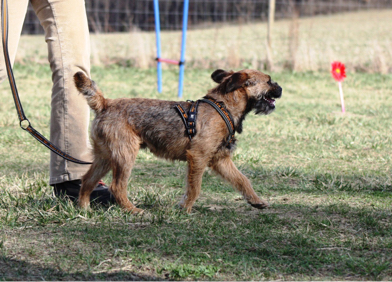
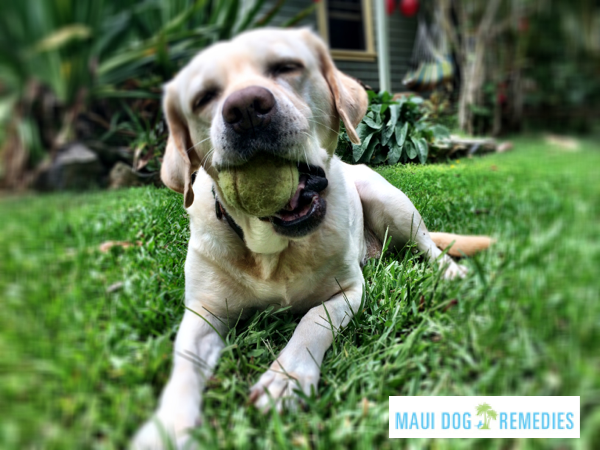
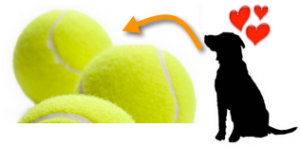


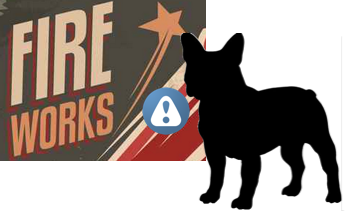
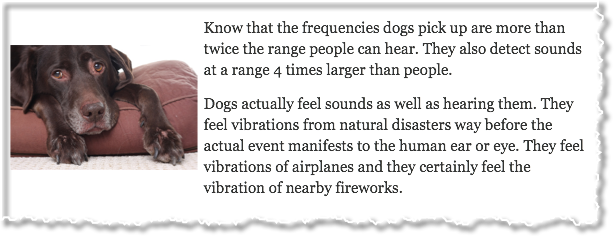 5 Things to Consider for Your Dog 4th of July Safety
5 Things to Consider for Your Dog 4th of July Safety




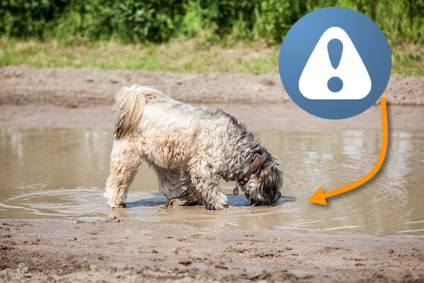

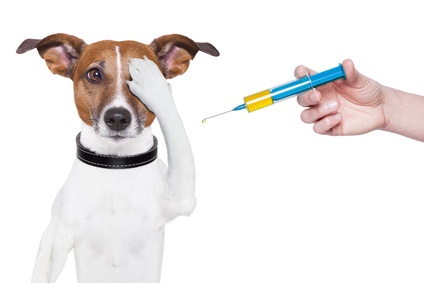

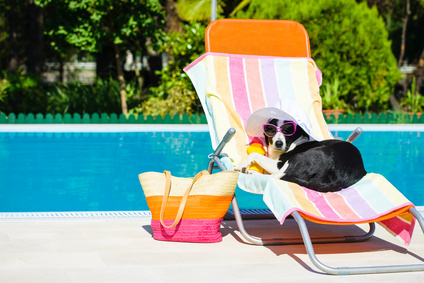
 Begging at the Table
Begging at the Table Humping
Humping Peeing on a Newspaper
Peeing on a Newspaper Rear End Sniffing
Rear End Sniffing Sleeping on the Bed
Sleeping on the Bed Taking a Dump On The Sidewalk
Taking a Dump On The Sidewalk Running Out An Open Door
Running Out An Open Door
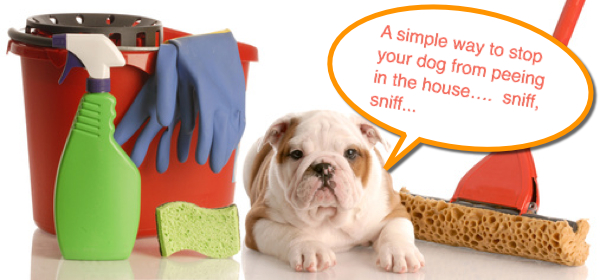




 Are you tired of expensive toxic medications for your dog?
Are you tired of expensive toxic medications for your dog?